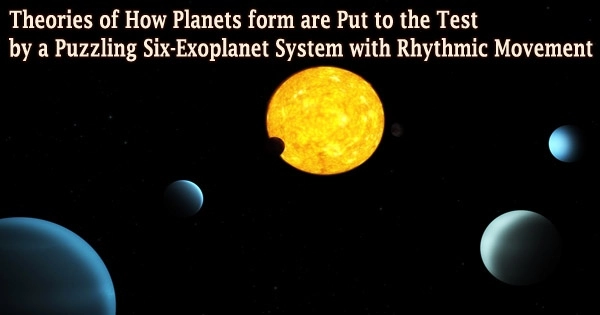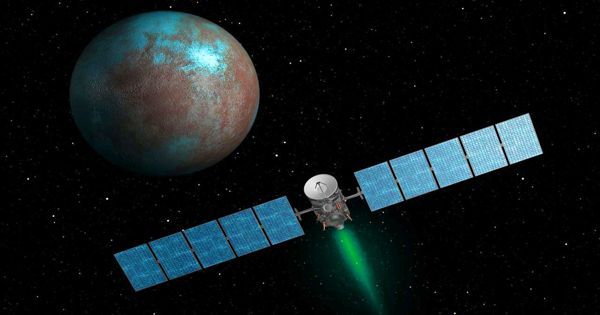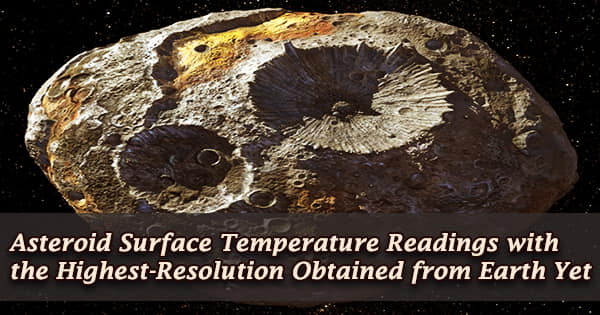A system of six exoplanets has been discovered by scientists using a variety of telescopes, including the Very Large Telescope of the European Southern Observatory (VLT of ESO), of which five are locked in an unusual rhythm around their central star.
The system, according to the researchers, may offer crucial hints about how planets, including those in the Solar System, form and develop. The first time the researchers looked at TOI-178, a star 200 light-years away in the Sculptor constellation, they believed they had found two planets orbiting it in tandem.
However, a closer look revealed something entirely different.
“Through further observations we realised that there were not two planets orbiting the star at roughly the same distance from it, but rather multiple planets in a very special configuration,” says Adrien Leleu from the Université de Genève and the University of Bern, Switzerland, who led a new study of the system published today in Astronomy & Astrophysics.
Six exoplanets are present in the system, according to the most recent research, and all bar the one nearest to the star are moving in a rhythmic dance. They are, in other terms, in resonance.
As the planets round the star, patterns can be seen that repeat themselves, with some planets aligning every few orbits. A similar resonance is observed in the orbits of three of Jupiter’s moons: Io, Europa and Ganymede.
For every orbit Ganymede, the furthest of the three, makes, Io, the closest to Jupiter, completes four full orbits; for every orbit Europa completes, two full orbits. The TOI-178 system’s five outer exoplanets follow one of the longest chains of resonance yet seen in a planetary system.
The five outer planets in the TOI-178 system follow an 18:9:6:4:3 chain, with the second planet from the star (the first in the resonance chain) completing 18 orbits, the third planet from the star (the second in the chain) completing 9 orbits, and so on. The three Jupiter moons are in a 4:2:1 resonance.
The orbits in this system are very well ordered, which tells us that this system has evolved quite gently since its birth.
Yann Alibert
In reality, the researchers only discovered five planets at first, but by observing this resonant rhythm, they were able to predict where in the system’s orbit a sixth planet would be when they next got a chance to view the system. This dance of resonance planets is more than just an orbital wonder; it offers hints about the system’s past.
“The orbits in this system are very well ordered, which tells us that this system has evolved quite gently since its birth,” explains co-author Yann Alibert from the University of Bern. If the system had been significantly disturbed earlier in its life, for example by a giant impact, this fragile configuration of orbits would not have survived.
Disorder in the rhythmic system
But even if the arrangement of the orbits is neat and well-ordered, the densities of the planets “are much more disorderly,” says Nathan Hara from the Université de Genève, Switzerland, who was also involved in the study. “It appears there is a planet as dense as the Earth right next to a very fluffy planet with half the density of Neptune, followed by a planet with the density of Neptune. It is not what we are used to.”
For instance, the planets in our Solar System are neatly ordered, with the stony, heavier planets closer to the star at the center and the low-density, airy planets farther out.
“This contrast between the rhythmic harmony of the orbital motion and the disorderly densities certainly challenges our understanding of the formation and evolution of planetary systems,” says Leleu.
Combining techniques
To investigate the system’s unusual architecture, the team used data from the European Space Agency’s CHEOPS satellite, alongside the ground-based ESPRESSO instrument on ESO’s VLT and the NGTS and SPECULOOS, both sited at ESO’s Paranal Observatory in Chile.
Astronomers must use alternative methods to find exoplanets because they are very difficult to directly observe with telescopes. The two main techniques are radial velocities, which examine the star’s light spectrum for minute signs of wobbles caused by the exoplanets’ motions in their orbits, and imaging transits, which monitor the light emitted by the central star, which dims as an exoplanet passes in front of it when observed from Earth.
The team used both methods to observe the system: CHEOPS, NGTS and SPECULOOS for transits and ESPRESSO for radial velocities.
The planets in the system orbit their central star far more closely and quickly than the Earth orbits the Sun, and by combining the two techniques, astronomers were able to learn important details about the system and its planets.
The innermost planet is the fastest, finishing its circle in just a few days, while the slowest takes around ten times longer. The diameters of the six planets range from one to three times those of Earth, while their masses range from 1.5 to 30 times that of Earth.
Super-Earths are rocky planets that are bigger than Earth and some of which are rocky. Others, known as Mini-Neptunes, are gas planets similar to the outer planets in our solar system but much smaller.
The researchers hypothesize that by continuing the resonance chain, they might identify other planets that could reside in or extremely close to the star’s habitable zone, even though none of the six exoplanets discovered are located there.
It will be possible to directly scan rocky exoplanets in a star’s habitable zone and even characterize their atmospheres with ESO’s Extremely Large Telescope (ELT), which is scheduled to start functioning this decade. This will allow us to learn even more about systems like TOI-178.
















